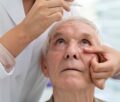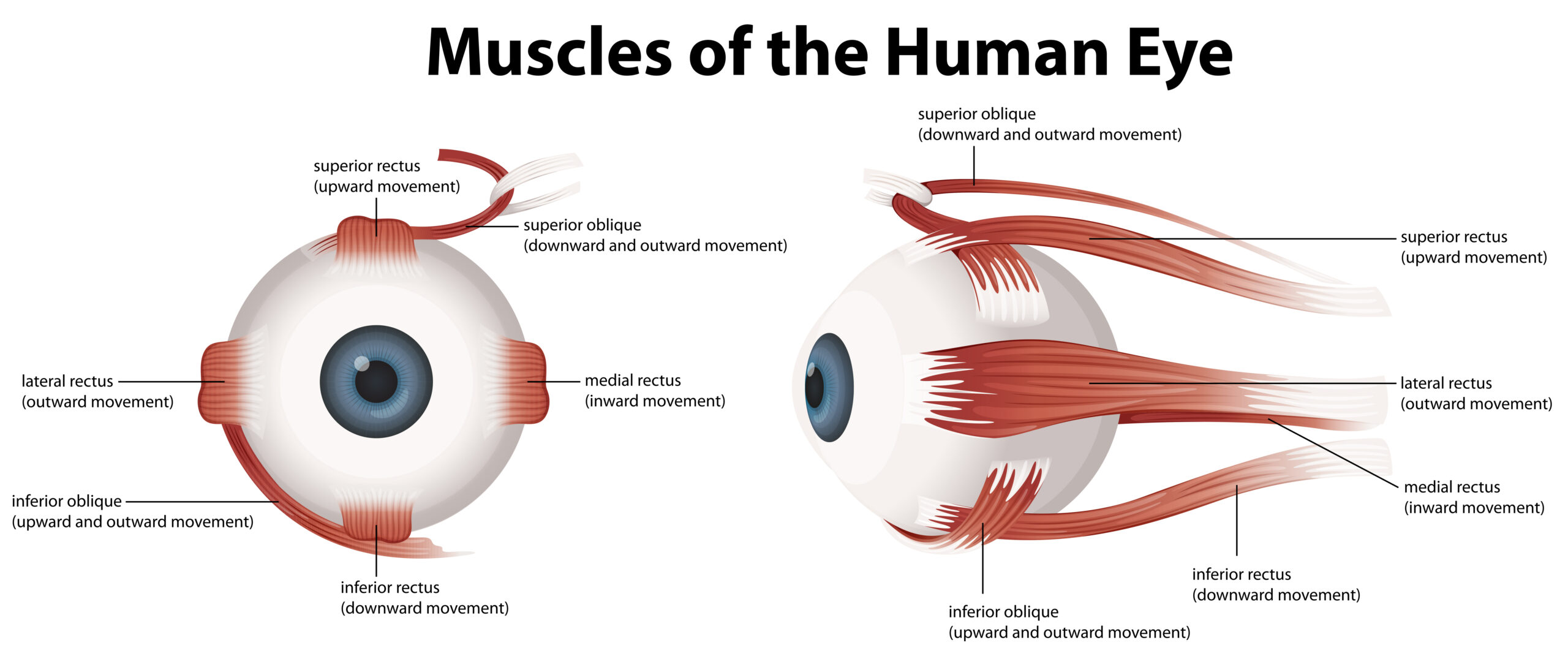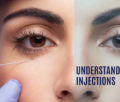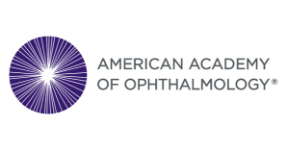Table of Contents
Congratulations on taking the important step of undergoing eye muscle surgery to address your eye alignment issues, whether it is strabismus, nystagmus, or another condition. As you embark on this journey, it is crucial to understand that the procedure itself is just one part of the process. A successful recovery and rehabilitation period will play a significant role in achieving your desired outcomes.
In this comprehensive guide, we will walk you through the postoperative period following eye muscle surgery. We will cover everything from what to expect immediately after the surgery, to long-term care.
You will gain insights into recovery timeframes, potential discomfort, and the vital roles of follow-up appointments and other non-surgical treatments.The Immediate Postoperative Period
The immediate postoperative period is a critical phase when your body begins the healing process. Here’s what you can expect:
- Monitoring: After the surgery, you will be in a recovery room where healthcare professionals will closely monitor your condition after anaesthesia.
- Duration: The time you spend in the recovery room varies but typically lasts a few hours. However, this can vary depending on the surgical procedure and individual patient factors.
Discomfort: It’s normal to experience mild discomfort, grittiness, or a foreign-body sensation in your eye during this period. This discomfort can often be managed with prescribed pain relief medications and/or eye drops.
The First Few Days at Home
Once you have been discharged and are back home, you will need to take it easy during the first few days of your recovery:
- Rest is Key: Rest is paramount during this phase. Avoid strenuous activities, including lifting, vigorous exercise, or any activity that could strain your eye muscles.
- Pain Management: If you experience any pain or discomfort, follow the prescribed medication regimen provided by your surgeon.
- Eye Care: Follow your surgeon’s instructions for eye care, which may include applying prescribed eye drops or ointments. These medications help with healing by reducing inflammation, and also minimise the risk of infection.
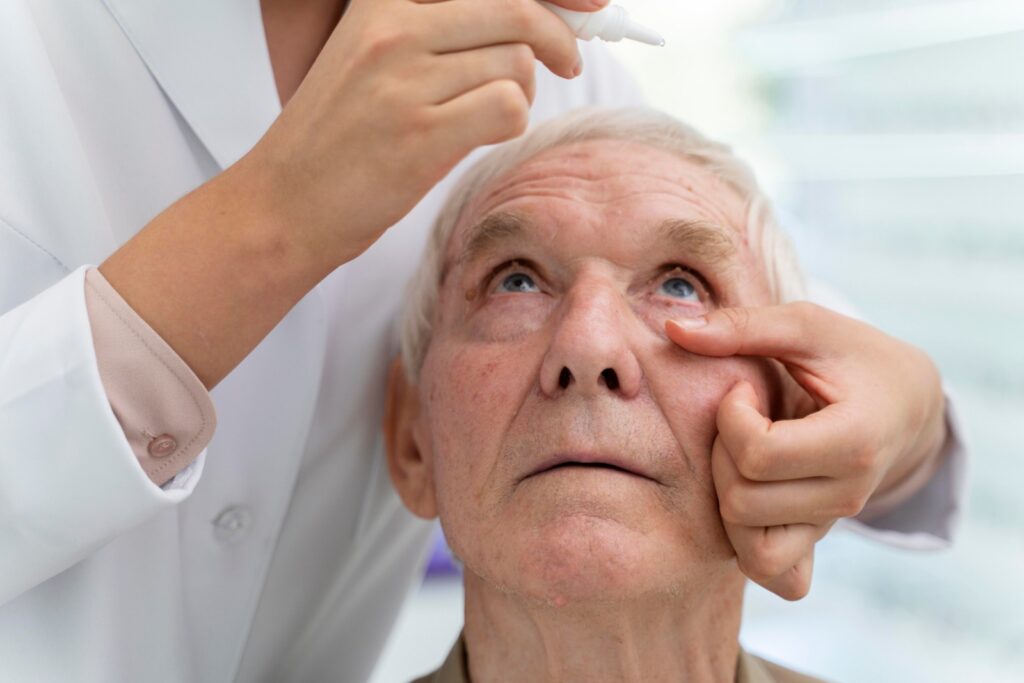
Recovery Timeframes and Milestones
Understanding the timeline of recovery can help manage expectations:
- Immediate Improvement: You may notice some immediate improvement in eye alignment, but it is essential to understand that this is not the final result. Your eyes will continue to adjust and align over time.
- Gradual Progress: Over the next several weeks to months, your vision and eye alignment should continue to improve. Your eyes may adapt at different rates, so it’is important to be patient.
- Individual Variation: Recovery timeframes can vary from person to person and depend on factors like the specific surgical procedure and your overall general health. Your surgeon will provide a personalised estimate of your recovery timeline.
Potential Discomfort and Side Effects
During your recovery, you may experience some discomfort and side effects. Understanding and managing these issues is an essential part of the process:
- Eye Redness: Redness in the operated eye is expected and should gradually diminish as your eye heals. It may persist for a few weeks, but is typically not a cause for concern.
- Swelling: Some swelling around the eye area can occur as a response to surgery. Applying a cold compress gently over the eyelid can help reduce swelling and discomfort.
- Temporary Double Vision: It is common to experience temporary double vision during the early stages of recovery. This is because your brain is adapting to the new alignment of your eyes. This typically improves over time.
To manage these discomforts, follow your surgeon’s recommendations closely. If you have any concerns or experience severe pain, contact your healthcare provider promptly.
Follow-Up Appointments
Scheduled follow-up appointments with your ophthalmologist or surgeon are essential to your recovery:
- Monitoring Progress: These appointments allow your healthcare provider to monitor your progress, assess eye muscle alignment, and make any necessary adjustments to your treatment plan.
- Vision Tests: You will likely undergo various vision tests during these appointments to evaluate the quality of your vision and ensure that it is improving as expected.
Attending these follow-up appointments is crucial, even if you feel your recovery is progressing well. Your surgeon can detect and address any issues early, ensuring the best possible outcome.
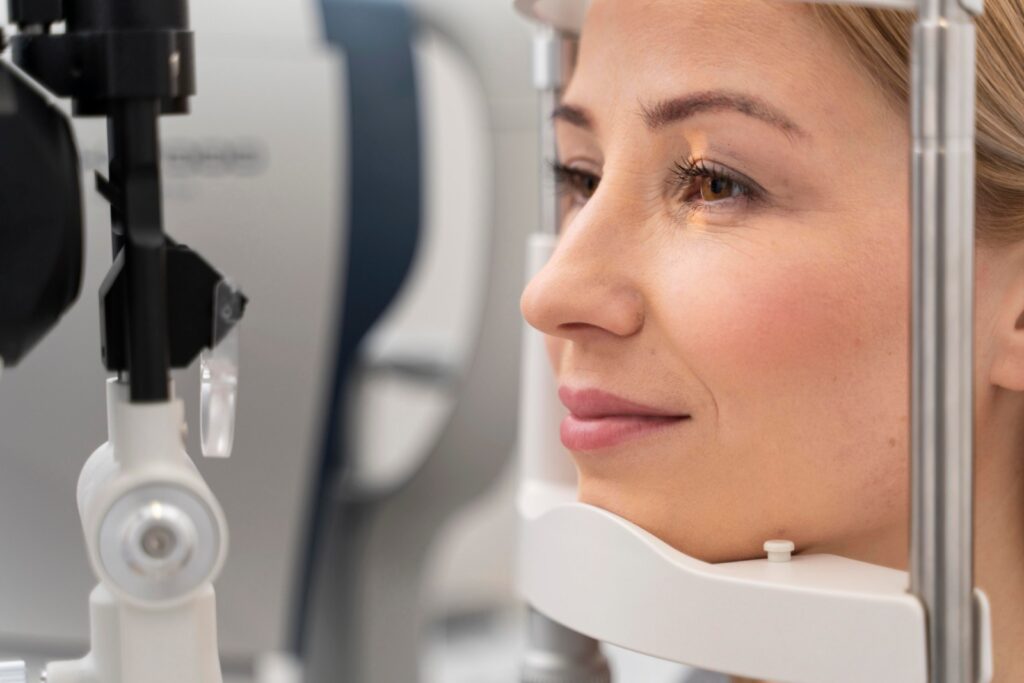
Long-Term Care and Maintenance
Your recovery journey extends beyond the immediate post-operative period:
- Lifestyle Adjustments: Your surgeon may recommend specific lifestyle adjustments or precautions to protect the surgical outcome. These may include avoiding activities that could strain your eye muscles or cause injury.
- Ongoing Commitment: Maintaining your eye health is an ongoing commitment. Regular eye exams and follow-up care with your healthcare provider may be needed for the long-term success of your surgical intervention.
Conclusion
Your eye muscle surgery is a significant step towards improved eye alignment. However, the journey doesn’t end with the procedure. Your commitment to the recovery and rehabilitation process is equally vital. By understanding what to expect during recovery, managing potential discomfort and attending follow-up appointments, you can look forward to enjoying the full benefits of your surgery. Remember that your healthcare team is there to support you every step of the way, ensuring your path to optimal eye health.
Dr Parth Shah is an experienced ophthalmologist in Canberra, Australia. With a commitment to promoting eye health, Dr Shah aims to spread awareness about the importance of early detection and treatment of eye misalignment (strabismus). Dr Shah performs eye muscle surgery regularly, and utilises minimally invasive and modern techniques for improved healing and outcomes.

